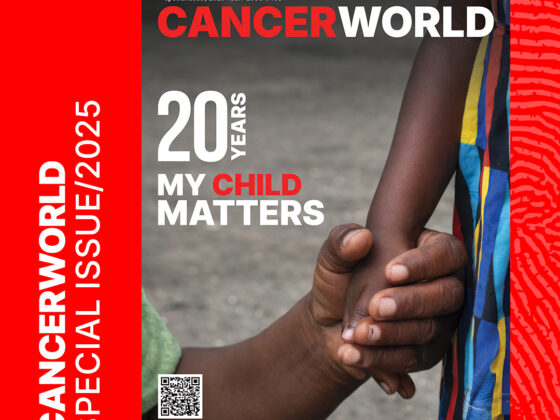Originally developed and approved for use in diabetes, inflammation and other non-oncological diseases (even osteoarthritis in dogs), many drugs could have a pivotal role in treating cancer. And they could be more abundant than expected, according to a paper recently published in Nature Cancer.
“Anticancer uses of non-oncology drugs have occasionally been found, but such discoveries have been serendipitous” wrote the authors, led by Steven Corsello, medical oncologist at the Dana-Farber Cancer Institute (Boston). Corsello is the founder of the Drug Repurposing Hub at the Broad Institute of MIT and Harvard, an information resource providing extensive annotations for thousands of drugs. He and colleagues systematically tested 4,518 drug compounds from the above-mentioned Drug Repurposing Hub across 578 human cancer cell lines, evaluating their effects on cell viability.
For this screening, researchers used a molecular barcoding method called PRISM (profiling relative inhibition simultaneously in mixtures), recovering almost 50 non-oncology compounds with previously unknown selective anticancer activity, predictable by the molecular characteristics of the cell line. Interestingly, the analysis also revealed new targets and molecular mechanisms of action, paving the way to the development of new anticancer drugs.
Moving from experimental to clinical settings, authors reminded that the ability to kill cancer cells shown by some non-oncology compounds does not mean that they could be immediately tested in cancer patients. “The PRISM results reported in this study represent starting points for new drug development. When the anticancer activity of a drug occurs via an off-target mechanism, it is probable that further optimization for this new target will result in more potent and selective drug candidates” experts explained.
“Further development of such compounds as repurposed cancer drugs will probably require extensive chemical and pharmacological optimization and validation, but this unbiased multi-platform approach does provide a unique starting point for future efforts” confirmed Roderick L. Beijersbergen, NKI Robotics and Screening Center, The Netherlands Cancer Institute, Amsterdam in a commentary.












